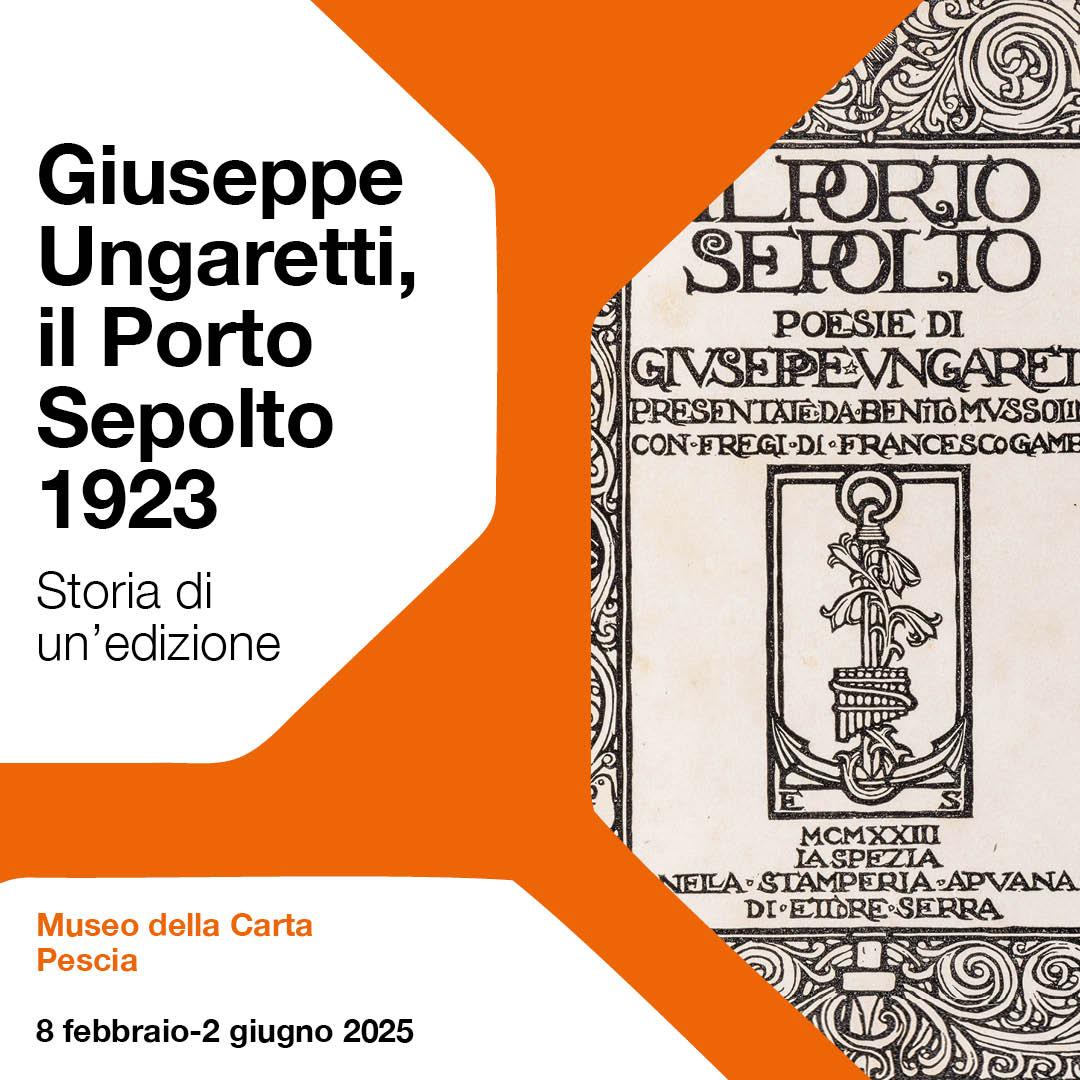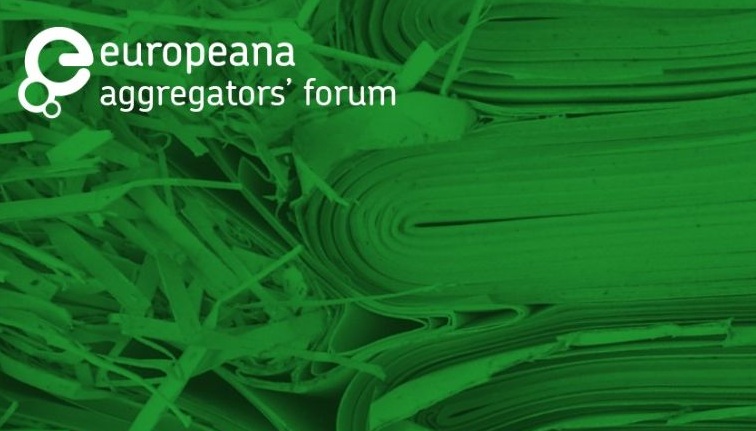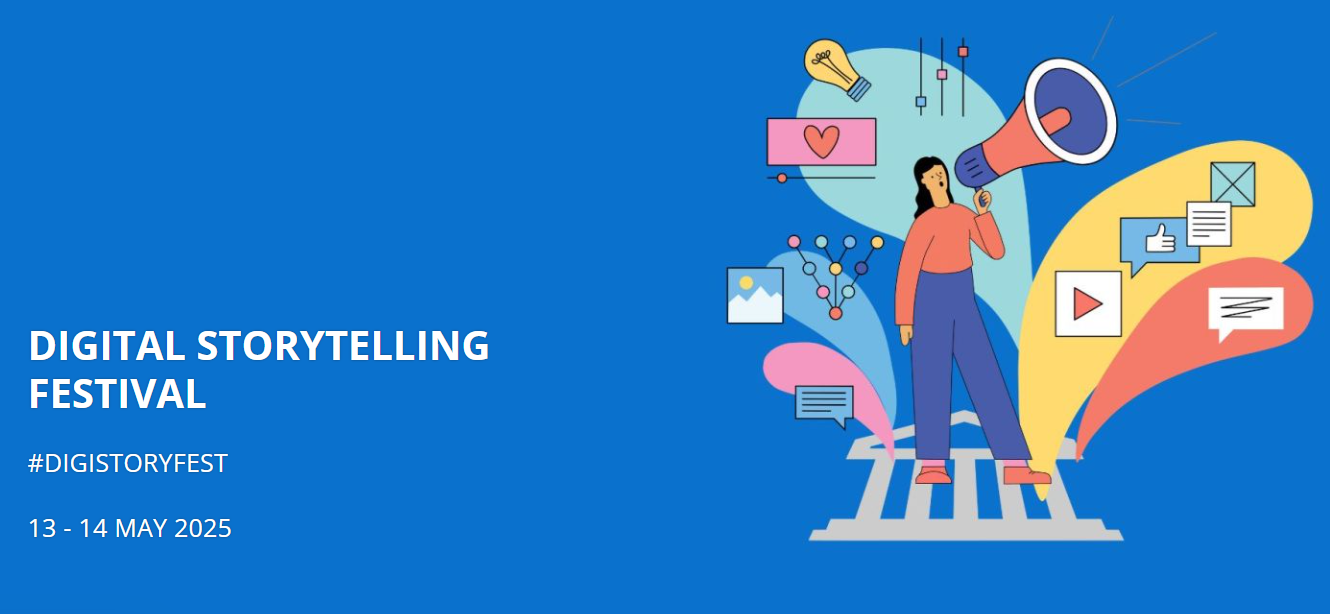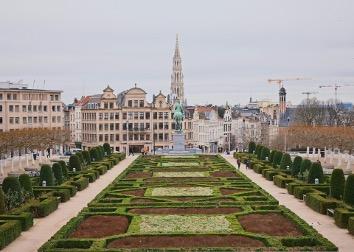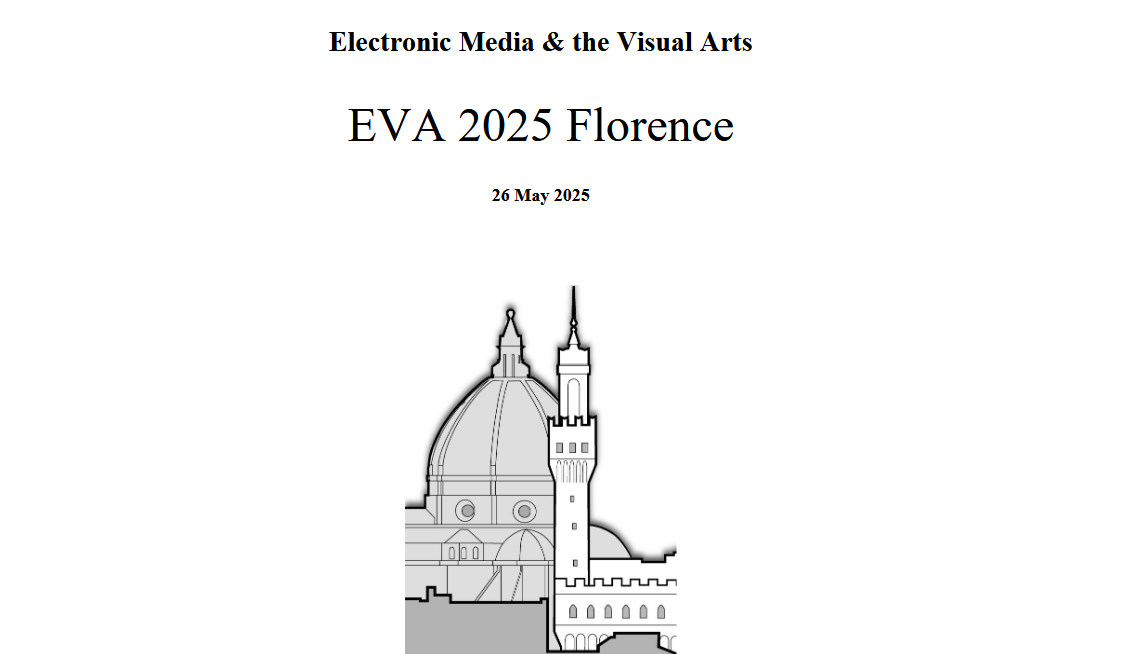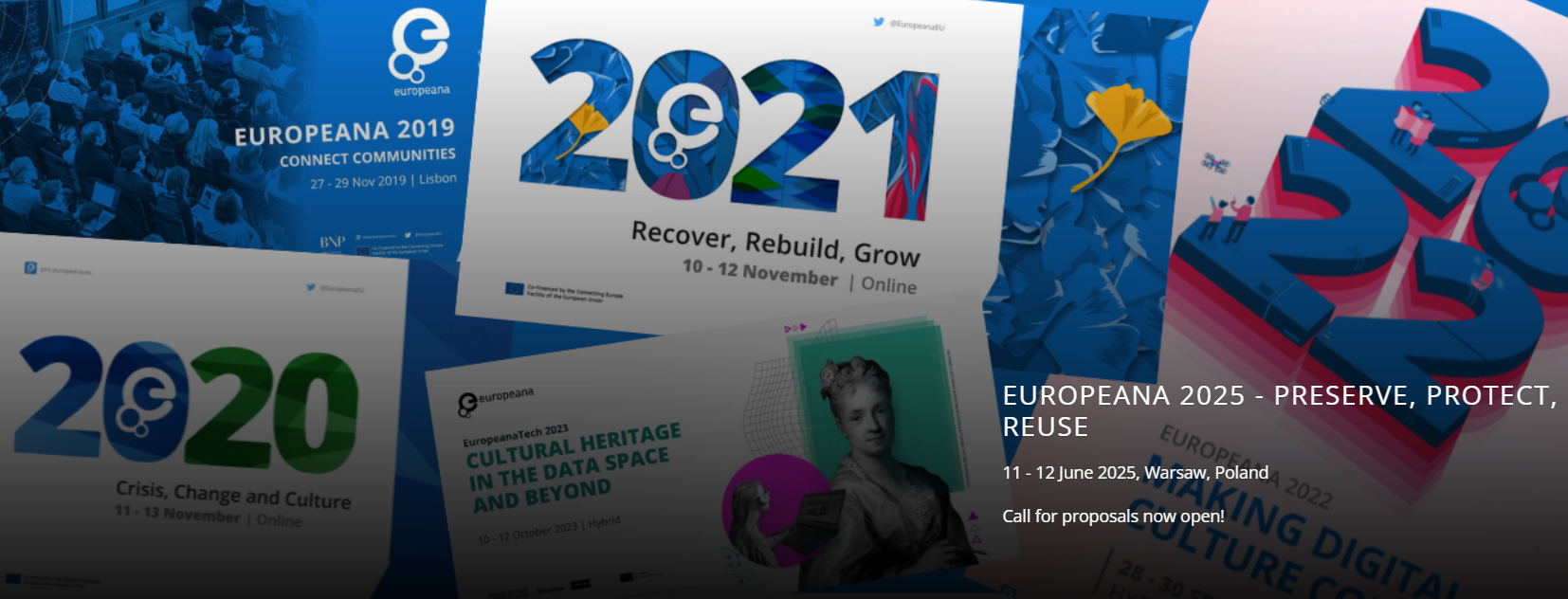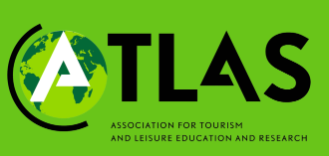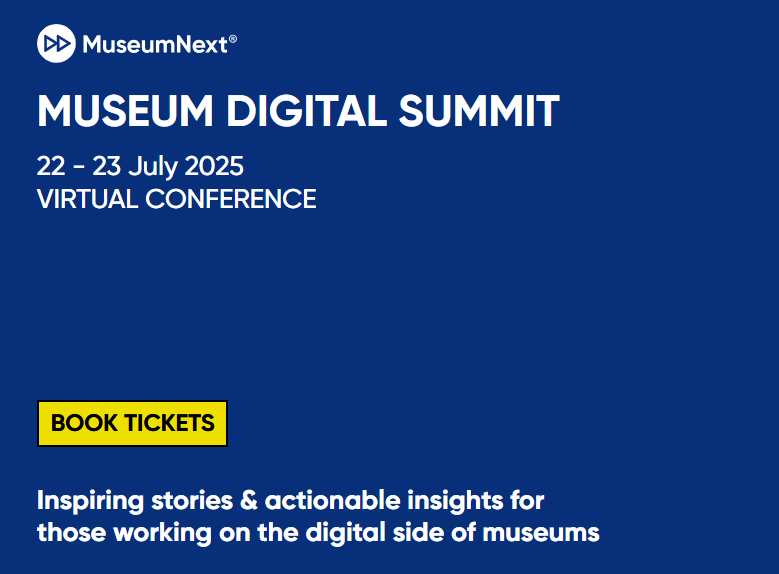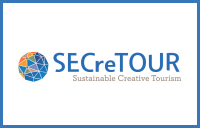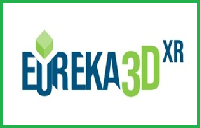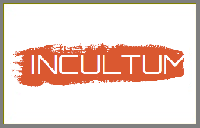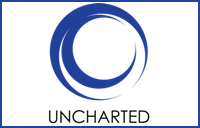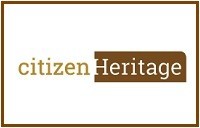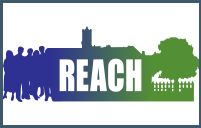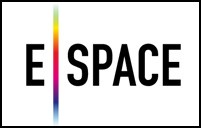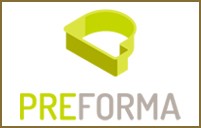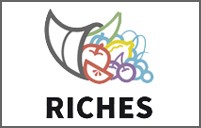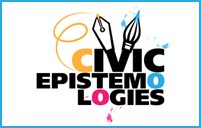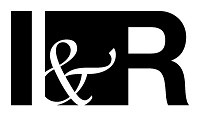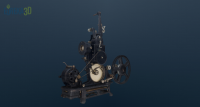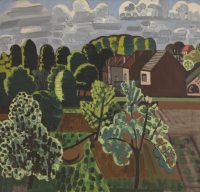-
Join the
Digital Meets Culture
Open Newsroom!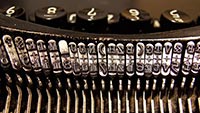 If you have interesting news and events to point out in the field of digital cultural heritage, we are waiting for your contribution.
If you have interesting news and events to point out in the field of digital cultural heritage, we are waiting for your contribution.
-
Free text
-
-
Upcoming events
-
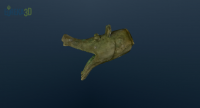
Step into the world of history and heritage through stunning 3D collections that bring the past to life. From pre-cinema artifacts in Girona to everyday objects and cultural emblems from the ancient oppidum of Bibracte in Burgundy, these collections … Continue reading →
 The deadline for submitting photographic projects for the AIPAI PHOTO CONTEST has been extended
The deadline for submitting photographic projects for the AIPAI PHOTO CONTEST has been extendedThe deadline for submitting photographic projects for the 3rd edition of the AIPAI PHOTO CONTEST, the photography contest organized by the Italian Association for Industrial Archaeological Heritage ETS, has been extended to October 31. The contest is organized in collaboration with DICEA … Continue reading →
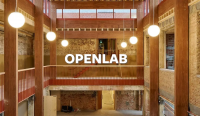 Brussels, November 13th and 14th, 2024
Brussels, November 13th and 14th, 2024On November 13th and 14th, OpenLab.brussels is hosting the international conference “Creating Knowledge through Participatory Research” in Brussels. The OpenLab.brussels is a joint venture of ULB-VUB dedicated to participatory research. It aims to mobilize our academic community and public or private stakeholders … Continue reading →
Area: digital heritage
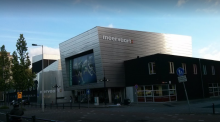
There is an unprecedented amount of data on the Web today. However, this data is only as useful as its quality allows it to be. Data Quality is an important topic in companies and organizations that use and/or disseminate large … Continue reading
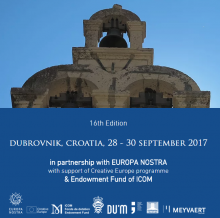
As a result of the long and devoted work of dozens of experts and professional juries, more than 40 major award schemes from around the world announced some 300 prize-winning museum, heritage and conservation projects in 2016. At The Best … Continue reading
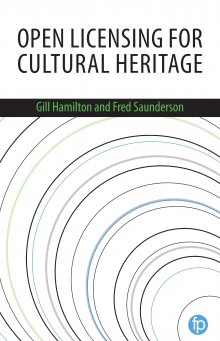
In the digital era, libraries, archives, museums and galleries are no longer constrained by the physical limitations of their buildings, analogue books, manuscripts, maps, paintings and artefacts. Cultural collections now can be safely distributed and shared globally. To ensure that … Continue reading
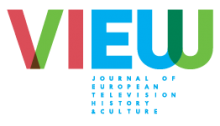
Considering the relevance of audiovisual material as perhaps the biggest wave of data to come in the near future (Smith, 2013, IBM prospective study) its relatively modest position within the realm of Digital Humanities conferences is remarkable. The objective of … Continue reading

Join the #DCDC17 in November for three days of discussions and workshops on how we gather, measure and present evidence of the cultural value and impact of our collections. DCDC17 keynotes Geoffrey Crossick, Distinguished Professor of Humanities, School of Advanced Study … Continue reading

Emotive is an EU-funded heritage project that aims to use emotional storytelling to dramatically change how we experience heritage sites. For heritage professionals, the Emotive application will provide a powerful storytelling engine and a set of rich digital media assets … Continue reading
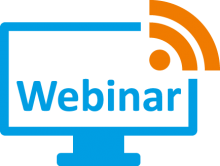
The PREFORMA project that commissioned and funded the development of veraPDF draws to an end this year. Recent activity has been focused on PREFORMA acceptance testing, formalising the decisions of the PDF Association’s Technical Working Group and fixing issues reported by the community. In this webinar, the veraPDF Consortium will present the results of recent development and the plans for life after PREFORMA. Continue reading

FICC 2018 provided a forum for researchers from both academia and industry to share their latest research contributions, future vision in the field and potential impact across industries. FICC2018 allowed attendees to exchange knowledge with the common goal of shaping … Continue reading
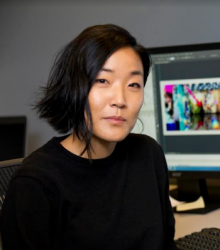
Julia Kim is the Digital Assets Specialist at the American Folklife Center at the Library of Congress. So far, she has primarily used MediaConch to create reports for new and incoming born-digital video from the Civil Rights History Project and the DPX files from digitizing celluloid film. Continue reading
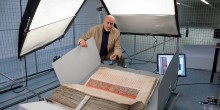
Digital preservation means taking precautions to ensure long-term access to digital content. It mitigates the risk of files becoming obsolete or unusable in the future. The PREFORMA tools help you validate incoming file formats and codecs against their standard specification, define custom acceptance criteria, and build an efficient ingest workflow. Download and try them from the PREFORMA Open Source Portal! Continue reading


